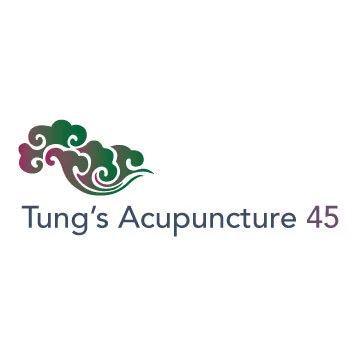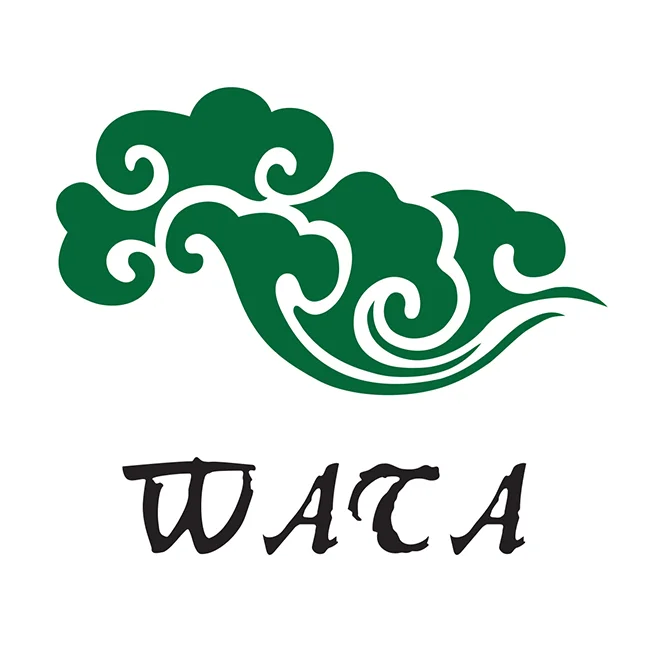8: What is the theory and the specific usage of the needling method based on the mutual communication of the hand foot same name channels?
/The point selection method of the same name channels is also called the needling method based on the mutual communication of the six channels. It is developed from the point selection method of channel connection, and is a type of channel therapy. The so called mutual communication of the six channels is hand Taiyin communicates with foot Taiyin; hand Yangming communicates with foot Yangming; hand Taiyang communicates with foot Taiyang; hand Jueyin communicates with foot Jueyin, hand Shaoyang communicates with foot Shaoyang.
The point selection method based on “hand foot same name channels” is related to “Open-Pivot-Close” too. Both hand and foot Taiyang govern Open and have unified movement rhythm and similar nature; both hand and foot Shaoyang govern Pivot and have unified movement rhythm and similar nature too. Hand and foot same name channels have the unified movement rhythm and similar nature; hence their functions are interchangeable and this is called “mutual communication of the same name channels”.
There are communicating pathways between the “mutual communications of the same name channels.” For example hand and foot Taiyin channels are connected at Zhongfu (LU1) point; hand and foot Yangming channels at Yingxiang (LI20) point; hand and foot Shaoyin channels in the heart; hand and foot Taiyang channels at Qingming (UB1); hand and foot Jueyin channels at Tienchi (PC1); hand and foot Shaoyang channels at Tungziliao (GB1).
The application of the “mutual communication of same name channels” is written in details in my writings of Zhen Jiao Bao Dien (Treasures on Acupuncture) and Lectures on Tung’s Acupuncture: Therapeutic System. Here I would only give a brief summary. The methods are as follows.
1. Mutual treatment of the same name channels: Usually the point of the opposite side channel is selected. This method is more suitable for four extremity disorder. The upper left side treats the lower right side; upper right side treats the lower left side; lower left side treat upper right side; lower right side treat upper left side. For example, when the disease site is at the Jing-well point Shaoshang (LU1) of hand Taiyin channel, the Jing-well point of foot Taiyin channel Yinbai (SP1) is needled. If the disease is at Shaofu (HT8), the Ying-sping point of hand Shaoyin channel, Rangu (KD2), the Ying-spring point of foot Shaoyin channel is needled. The rest channel may be deduced by analogy. This method does not rigidly adhere to acupuncture points. For example, pain on the site of Chengshan (UB58) can be treated by needling the middle point of the opposite forearm on the hand Taiyang channel. Although there is no acupuncture point on that specific location, the disorder can still be treated. This method is mostly used for treating four extremity disorders, but can still be used for disorder on the body trunk. For example, to treat the pain on the area of Shufu (KD27), moxibustion on Shaohai (HT3) and Shenmen (HT8) will resolve the pain instantly.
2. Combination of the Hand and foot same name channels: the combination method is often seen on the ancient odes. Let’s take several examples from “Ode of One Hundred Symptoms”. For example, “deafness due to qi obstruction relies on Tinghui (GB2) and Yifeng (SJ17).” Tinghui (GB2) is on gall bladder channel; and Yifeng (SJ17) on San Jiao channel. This is an example of point combination of hand and foot same name (Shaoyang) channels. Another example, “weary speech and somnolence are indicated in Tongli (HT5) and Dazhong (KD4).” Tongli (HT5) is a point of heart channel; and Dazhong (KD4) of kidney channel. This is an example of point combination of hand and foot same name (Shaoyin) channels. Also, “excrescence creeping over the eye, Ganshu (UB18) and Shaoze (SI1) are the points to attack.” Ganshu (UB18) is on the urinary bladder channel; Shaoze (SI1) on small intestine channel. This is an example of hand foot same name (Taiyang) channels. Besides, on Ode of Xi Hong: “heat disease but no sweat, Dadu (SP2) connects with Jingqu (LU8).” This is an example of hand and foot same name (Taiyin) channels. “Hand and foot/upper and lower Sanli (LI10 and ST36), food and qi stagnation should select them.” This is an example of point combination of hand and foot same name (Yangming) channels. Houxi (SI3), a point of hand Taiyang, and Shugu (UB65), a point of foot Taiyang, are good for neck pain and lumbar pain. The ancient and contemporary examples are so numerous and can not be listed one by one. Point combination of both hand and foot same name channels is a very practical method.
3. Mutual replacement of points of hand and foot same name channels: Points on the holographically corresponding locations have similar functions and can be replaced by the other. For example, Gongsun (SP4) can treat deficient cold of the spleen and stomach and indigestion. The holographically corresponding point Yuji (LU10) can be used to treat deficient cold of the spleen and stomach and indigestion, too. Zulinqi (GB41) can treat the ache circulated the waist. The holographically corresponding point Zhongzhu (SJ3) can be used for the same purpose. Xuanzhong (GB39) can treat Louzhen (neck sprained). The holographically corresponding point Waiguan (SJ5) can treat sprained neck too. Shugu (UB65), a point of foot Taiyang channel, can treat neck and lumbar pain. The holographically corresponding point Houxi (SI3), a point of hand Taiyang channel, can treat the same problem. Zhiyin (UB67) can correct abnormal fetal position, a gynecological disorder. Shaoze (SI1) also can treat gynecological disorder such as insufficient lactation.










